-
 Bitcoin
Bitcoin $118100
-0.44% -
 Ethereum
Ethereum $3585
5.43% -
 XRP
XRP $3.434
5.65% -
 Tether USDt
Tether USDt $1.000
0.02% -
 BNB
BNB $743.8
3.89% -
 Solana
Solana $178.7
3.84% -
 USDC
USDC $1.000
0.03% -
 Dogecoin
Dogecoin $0.2381
12.81% -
 TRON
TRON $0.3270
3.62% -
 Cardano
Cardano $0.8315
4.93% -
 Hyperliquid
Hyperliquid $44.51
-4.42% -
 Stellar
Stellar $0.4710
1.52% -
 Sui
Sui $3.896
-2.51% -
 Chainlink
Chainlink $18.09
6.98% -
 Hedera
Hedera $0.2681
9.31% -
 Bitcoin Cash
Bitcoin Cash $516.7
4.83% -
 Avalanche
Avalanche $23.95
6.96% -
 Shiba Inu
Shiba Inu $0.00001490
5.67% -
 UNUS SED LEO
UNUS SED LEO $8.966
0.80% -
 Toncoin
Toncoin $3.294
4.39% -
 Litecoin
Litecoin $105.4
4.69% -
 Polkadot
Polkadot $4.356
5.30% -
 Uniswap
Uniswap $10.29
17.25% -
 Monero
Monero $327.9
-3.04% -
 Bitget Token
Bitget Token $4.942
4.33% -
 Ethena USDe
Ethena USDe $1.001
0.08% -
 Pepe
Pepe $0.00001348
2.17% -
 Dai
Dai $1.000
0.02% -
 Aave
Aave $320.8
0.58% -
 Bittensor
Bittensor $411.8
-4.07%
How to build IPFS mining nodes?
Efficient IPFS mining needs careful hardware (storage, processing, bandwidth) and software setup, choosing the right node type (full, light), and ongoing maintenance for optimal network contribution; however, profitability isn't guaranteed.
Mar 20, 2025 at 04:00 pm

Key Points:
- Choosing the right hardware is crucial for efficient IPFS mining. Consider storage capacity, processing power, and network bandwidth.
- Setting up your IPFS node involves downloading the software, configuring settings, and joining the IPFS network.
- Understanding the different types of IPFS nodes (full, light, etc.) and choosing the appropriate one based on your resources is vital.
- Maintaining your node requires regular updates, sufficient bandwidth, and ongoing monitoring for optimal performance and contribution to the network.
- Profitability in IPFS mining is not guaranteed and depends on several factors, including network congestion and storage demand.
How to Build IPFS Mining Nodes?
Building and maintaining an IPFS mining node involves several steps and considerations. It's not simply a matter of downloading software; understanding the underlying technology and your resource capabilities is essential for success.
1. Hardware Selection:
Choosing the right hardware is paramount. IPFS nodes, especially full nodes, require significant storage space. A large Solid State Drive (SSD) or, even better, a combination of SSDs and Hard Disk Drives (HDDs) is recommended. The SSD handles frequently accessed data, while the HDDs provide bulk storage. Sufficient RAM is also crucial for efficient operation. Finally, a high-bandwidth internet connection is essential to ensure seamless data transfer and communication with the IPFS network. Consider your budget and the scale of your operation when selecting your hardware.
2. Software Installation and Configuration:
Begin by downloading the appropriate IPFS software for your operating system. The official IPFS website provides detailed instructions and downloads for various platforms. After installation, you'll need to configure the node. This typically involves setting parameters like the data directory, the amount of storage to allocate, and network settings. Consult the official documentation for specific configuration options. Incorrect settings can lead to performance issues or node instability.
3. Node Type Selection:
IPFS offers various node types, each with different resource requirements and contributions to the network. Full nodes store the entire IPFS dataset, requiring substantial storage. Light nodes only store a subset of the data, suitable for users with limited storage capacity. Choose the node type that aligns with your resources and desired level of participation. Understanding the differences between these node types is key to making an informed decision.
4. Joining the IPFS Network:
Once configured, your node needs to connect to the IPFS network. This involves bootstrapping – connecting to other known nodes to discover and interact with the broader network. The IPFS software typically handles this automatically, but ensuring a successful connection is crucial for participation. A stable internet connection is vital during this process. Failure to connect effectively will severely limit your node's functionality.
5. Node Maintenance and Monitoring:
Maintaining your IPFS node is an ongoing process. Regular software updates are essential to benefit from bug fixes and performance improvements. Monitor your node's performance regularly, paying attention to disk space usage, network connectivity, and resource consumption. Addressing any issues promptly prevents performance degradation and ensures consistent contribution to the network. Proactive maintenance is key to long-term success.
6. Understanding Profitability:
The profitability of running an IPFS node is not guaranteed. It depends on factors like the amount of storage provided, the network's demand for storage, and the payment mechanisms in place. Some projects reward storage providers with cryptocurrency tokens, but the returns are variable and not always predictable. Research different projects and carefully assess the potential risks before investing significant resources. Don't expect immediate or guaranteed profits.
Common Questions and Answers:
Q: What are the minimum hardware requirements for an IPFS node?
A: Minimum requirements depend on the node type. A light node may run on a low-spec machine, while a full node requires substantial storage (at least several terabytes) and a powerful CPU and RAM. A fast internet connection is essential for all node types.
Q: Is IPFS mining profitable?
A: The profitability of IPFS mining is not guaranteed and highly variable. It depends on factors such as storage demand, competition, and the token rewards offered by different projects. It's not a get-rich-quick scheme.
Q: What are the risks involved in running an IPFS node?
A: Risks include hardware failure (leading to data loss), network outages affecting node connectivity, and the fluctuating value of any cryptocurrency rewards. Additionally, running a full node requires significant storage and bandwidth.
Q: How much storage do I need for an IPFS node?
A: This greatly depends on the node type. A light node may require only a few gigabytes, whereas a full node will need terabytes, potentially petabytes of storage to store a significant portion of the IPFS network's data.
Q: Can I run an IPFS node on a Raspberry Pi?
A: You can run a light IPFS node on a Raspberry Pi, but a full node is impractical due to its limited storage capacity and processing power.
Q: What is the difference between a full node and a light node?
A: A full node stores a complete copy of the IPFS network's data, while a light node only stores a subset of the data, significantly reducing storage requirements but also limiting functionality.
Q: How do I get paid for running an IPFS node?
A: Payment mechanisms vary. Some projects reward node operators with cryptocurrency tokens based on their storage contribution and network activity. However, participation in these programs is often subject to specific requirements and agreements.
Disclaimer:info@kdj.com
The information provided is not trading advice. kdj.com does not assume any responsibility for any investments made based on the information provided in this article. Cryptocurrencies are highly volatile and it is highly recommended that you invest with caution after thorough research!
If you believe that the content used on this website infringes your copyright, please contact us immediately (info@kdj.com) and we will delete it promptly.
- Coinbase (COIN) Soars to All-Time High: What's Next?
- 2025-07-19 00:30:12
- DOGE, BlockDAG, and Vesting: What's Hot and What's Not in Crypto Right Now
- 2025-07-19 01:10:14
- Crypto Coins with 2025 Potential: BlockDAG and SUI Lead the Charge
- 2025-07-19 01:15:12
- Grass Cutting Hacks: Finding the Right Height for a Lush Lawn
- 2025-07-19 00:30:12
- RWA Token Revolution: Stage Point Europe Leads Crypto Real Estate Launch in Europe
- 2025-07-19 00:50:13
- Token Unlocks and AVAIL: July's Crypto Cliffhangers!
- 2025-07-19 00:50:13
Related knowledge
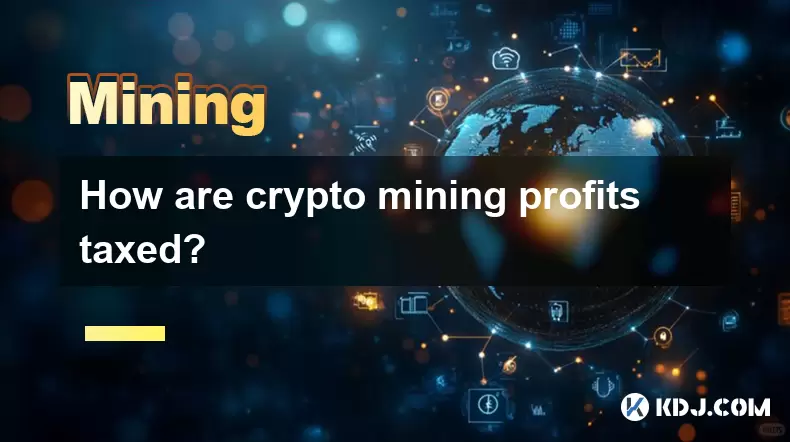
How are crypto mining profits taxed?
Jul 14,2025 at 12:28am
Understanding Cryptocurrency Mining and TaxationCryptocurrency mining involves validating transactions on a blockchain network and earning rewards in ...
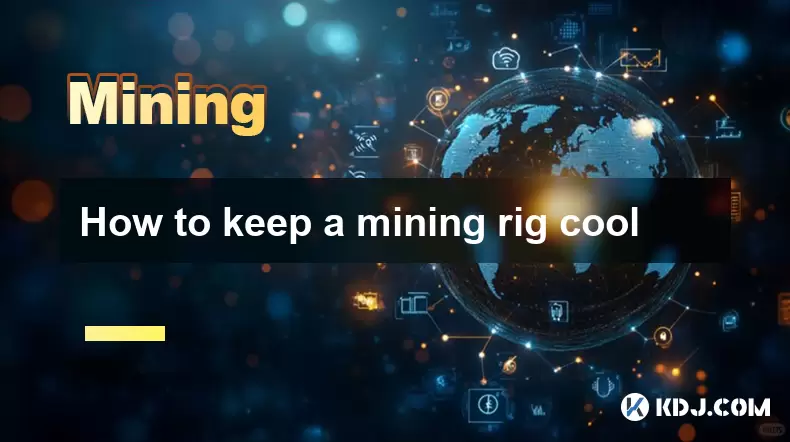
How to keep a mining rig cool
Jul 12,2025 at 01:42pm
Understanding the Importance of Cooling in Mining RigsCryptocurrency mining is an intensive process that places heavy demand on hardware components, p...
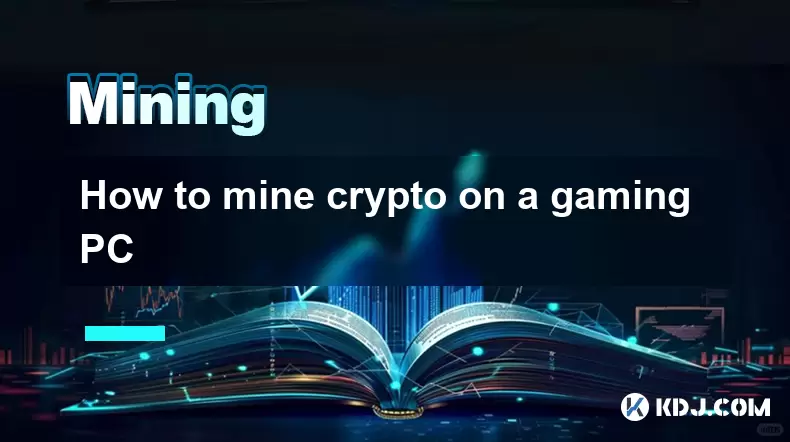
How to mine crypto on a gaming PC
Jul 16,2025 at 12:00pm
What is Crypto Mining on a Gaming PC?Crypto mining involves using your computer's processing power to validate transactions on a blockchain network. A...
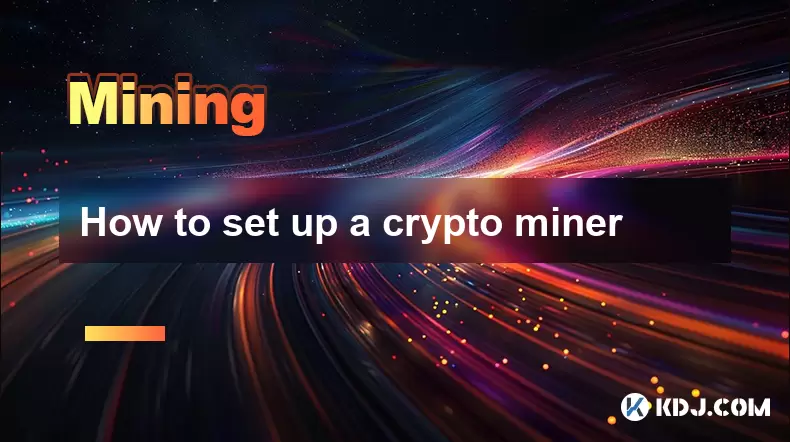
How to set up a crypto miner
Jul 16,2025 at 09:14am
Understanding Ethereum Gas Fees: What Are They and How Do They Work?Ethereum gas fees are a fundamental aspect of the network, representing the cost r...
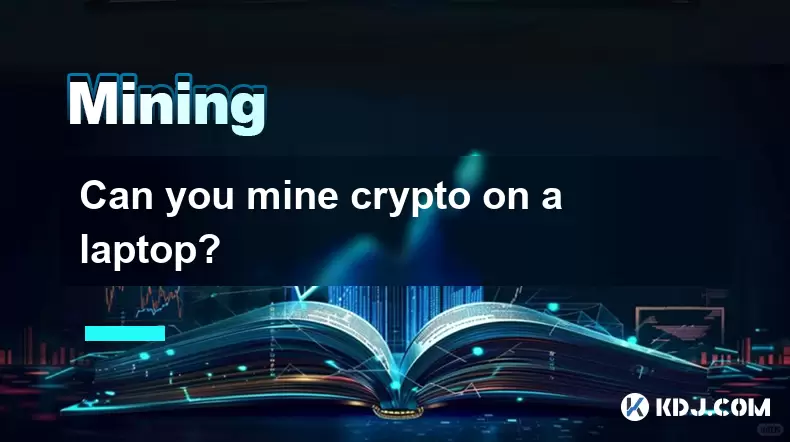
Can you mine crypto on a laptop?
Jul 16,2025 at 02:21am
Is It Feasible to Mine Cryptocurrency on a Laptop?Mining cryptocurrency on a laptop is technically possible, but feasibility depends heavily on the ha...
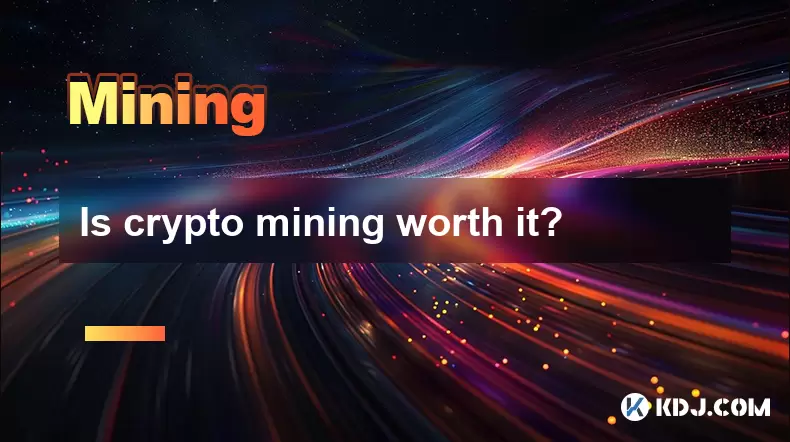
Is crypto mining worth it?
Jul 16,2025 at 01:21am
Understanding the Basics of Crypto MiningCrypto mining refers to the process of validating transactions on a blockchain network by solving complex mat...

How are crypto mining profits taxed?
Jul 14,2025 at 12:28am
Understanding Cryptocurrency Mining and TaxationCryptocurrency mining involves validating transactions on a blockchain network and earning rewards in ...

How to keep a mining rig cool
Jul 12,2025 at 01:42pm
Understanding the Importance of Cooling in Mining RigsCryptocurrency mining is an intensive process that places heavy demand on hardware components, p...

How to mine crypto on a gaming PC
Jul 16,2025 at 12:00pm
What is Crypto Mining on a Gaming PC?Crypto mining involves using your computer's processing power to validate transactions on a blockchain network. A...

How to set up a crypto miner
Jul 16,2025 at 09:14am
Understanding Ethereum Gas Fees: What Are They and How Do They Work?Ethereum gas fees are a fundamental aspect of the network, representing the cost r...

Can you mine crypto on a laptop?
Jul 16,2025 at 02:21am
Is It Feasible to Mine Cryptocurrency on a Laptop?Mining cryptocurrency on a laptop is technically possible, but feasibility depends heavily on the ha...

Is crypto mining worth it?
Jul 16,2025 at 01:21am
Understanding the Basics of Crypto MiningCrypto mining refers to the process of validating transactions on a blockchain network by solving complex mat...
See all articles

























































































